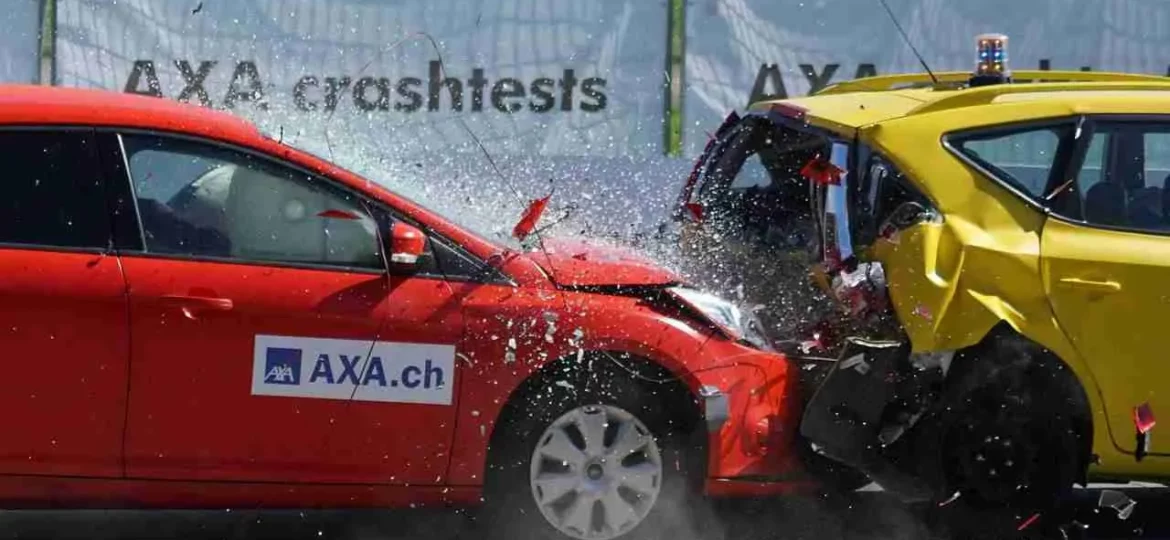
Liability in Miami’s Ride-Sharing Service Accidents: Uber, Lyft, and Legal Complexities
The convenience and prevalence of ride-sharing services like Uber and Lyft have significantly transformed the way people travel in Miami. However, with the increased use of these services comes a complex legal landscape when accidents occur. Understanding liability in ride-sharing accidents involving companies such as Uber and Lyft is crucial for both passengers and other parties involved.

Navigating Legal Complexities
When accidents involve ride-sharing services, determining liability can be intricate due to the various parties involved. Ride-sharing companies, drivers, other motorists, and even pedestrians might play a role in these incidents, leading to legal complexities.
Key Considerations in Ride-Sharing Accidents
- Driver Status: The liability might differ based on the driver’s status at the time of the accident. Whether the driver was on their way to pick up a passenger, actively transporting a passenger, or offline without any passengers can influence the responsibilities of the ride-sharing company and driver.
- Insurance Coverage: Ride-sharing companies typically provide insurance coverage that varies based on the driver’s activity. The coverage levels for accidents during different phases (waiting for a ride request, en route to pick up a passenger, or transporting passengers) might differ.
- Third-Party Liability: Accidents might involve other parties, such as pedestrians or other vehicles. Determining the extent of their involvement and liability is essential in establishing a comprehensive legal strategy.
- Driver Negligence or Misconduct: The conduct of the ride-sharing driver, including negligence, distracted driving, or driving under the influence, might significantly impact liability and compensation in the event of an accident.
Legal Steps After a Ride-Sharing Accident:
- Seek Medical Attention: Prioritize health and safety. Even if injuries seem minor initially, getting a medical evaluation is crucial, and it establishes a record of injuries caused by the accident.
- Report the Accident: Notify the ride-sharing company about the accident. Document the incident details and obtain a copy of the accident report for personal records.
- Collect Evidence: Gather evidence such as photographs of the accident scene, vehicle damage, and any visible injuries. Witness contact information and their statements can also be invaluable.
- Consult Legal Counsel: Seeking guidance from legal professionals experienced in handling ride-sharing accidents is crucial. They can navigate the legal complexities, protect your rights, and advocate for fair compensation.
Safety Concerns and Precautions
Understanding the potential legal complexities in ride-sharing accidents underscores the importance of safety precautions for both drivers and passengers. Drivers should prioritize road safety, avoid distractions, and adhere to traffic regulations. Passengers, on the other hand, should ensure they’re using verified and licensed ride-sharing services.
Conclusion
Miami’s ride-sharing landscape presents a unique set of legal complexities in the event of an accident. Recognizing the multifaceted factors influencing liability, adhering to legal steps post-accident, and emphasizing safety precautions can significantly assist individuals in navigating these intricate legal terrains. Staying informed and seeking appropriate legal guidance are crucial in ensuring a fair resolution in the event of a ride-sharing accident.
